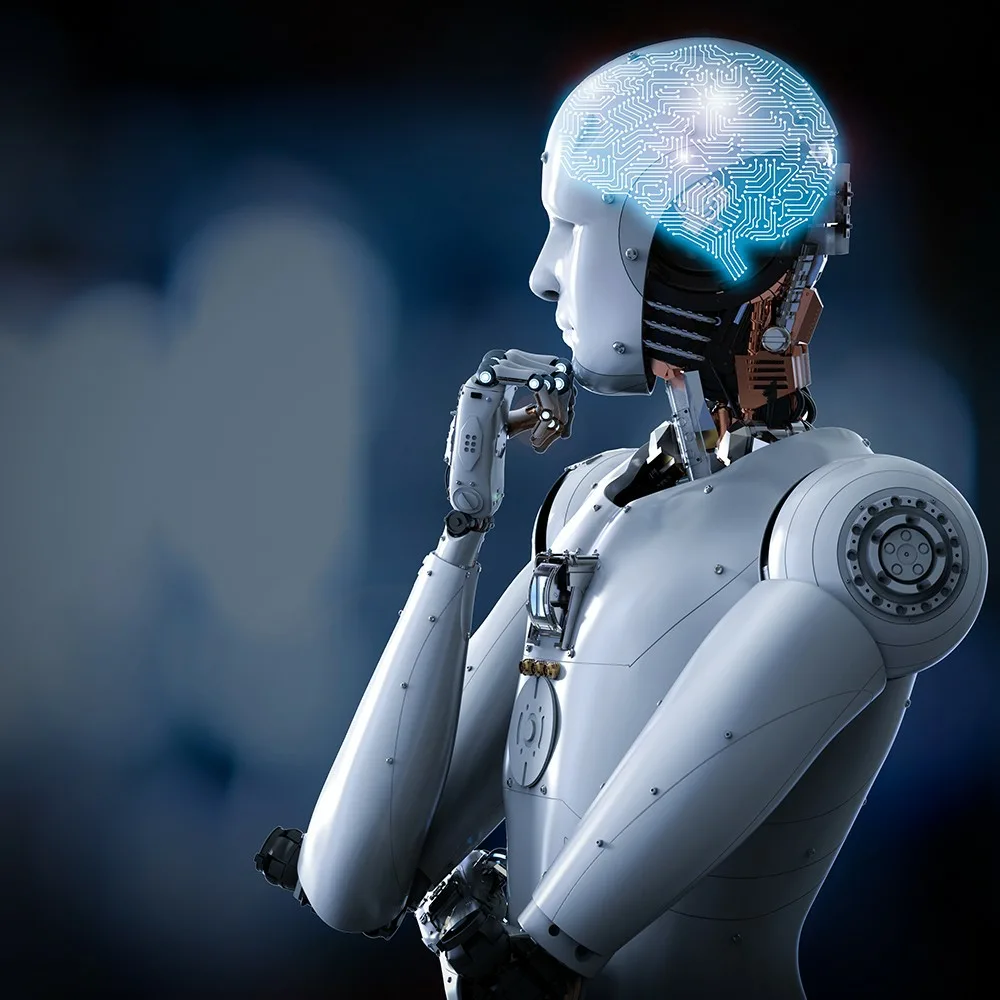
Japanese laboratory created AI that thinks like a human brain
Imagine how the human brain works. It does not produce instant answers like modern artificial intelligence systems. Japanese scientists from the SakanaAI laboratory have created a system that brings artificial intelligence closer to natural thinking processes.
The system was named Continuous Thought Machine, or CTM. Unlike standard neural networks, it is not limited to 1 attempt to find a solution. Instead, CTM can process information multiple times, using what researchers call “thinking ticks.”
The principle of CTM can be explained through the process of solving a complex problem. The brain processes information gradually. First, some areas are activated, then others connect. CTM works similarly. It can perform from 5 to 50 iterations of data processing before forming a final answer.
The system is based on unusual artificial neurons. Each of them is not a simple formula, but a full-fledged multilayer MLP network. Capable of storing the history of its previous states. This creates a kind of computation log, allowing the system to analyze intermediate results.
The key feature of CTM is the synchronization of neurons. As in a symphony orchestra, not only the play of individual musicians is important, but also their joint sound, so in neural processes, the coherence of activation of different areas is critical. A special synchronization matrix in CTM tracks these neural “consonances.”
Practical tests confirm the effectiveness of the new architecture. CTM demonstrates high results when working with databases. It also successfully copes with maze navigation tasks, often surpassing traditional approaches. Link to the interactive presentation of the system in the description.
Perhaps this is one of the first mechanisms of step-by-step information comprehension that significantly brings the work of a neural network closer to biological principles of thinking. Where a system of multiple iterations of data processing works, a mechanism for preserving the history of neuron states and a matrix for tracking their synchronous operation. Such a combination is absent in existing architectures.
